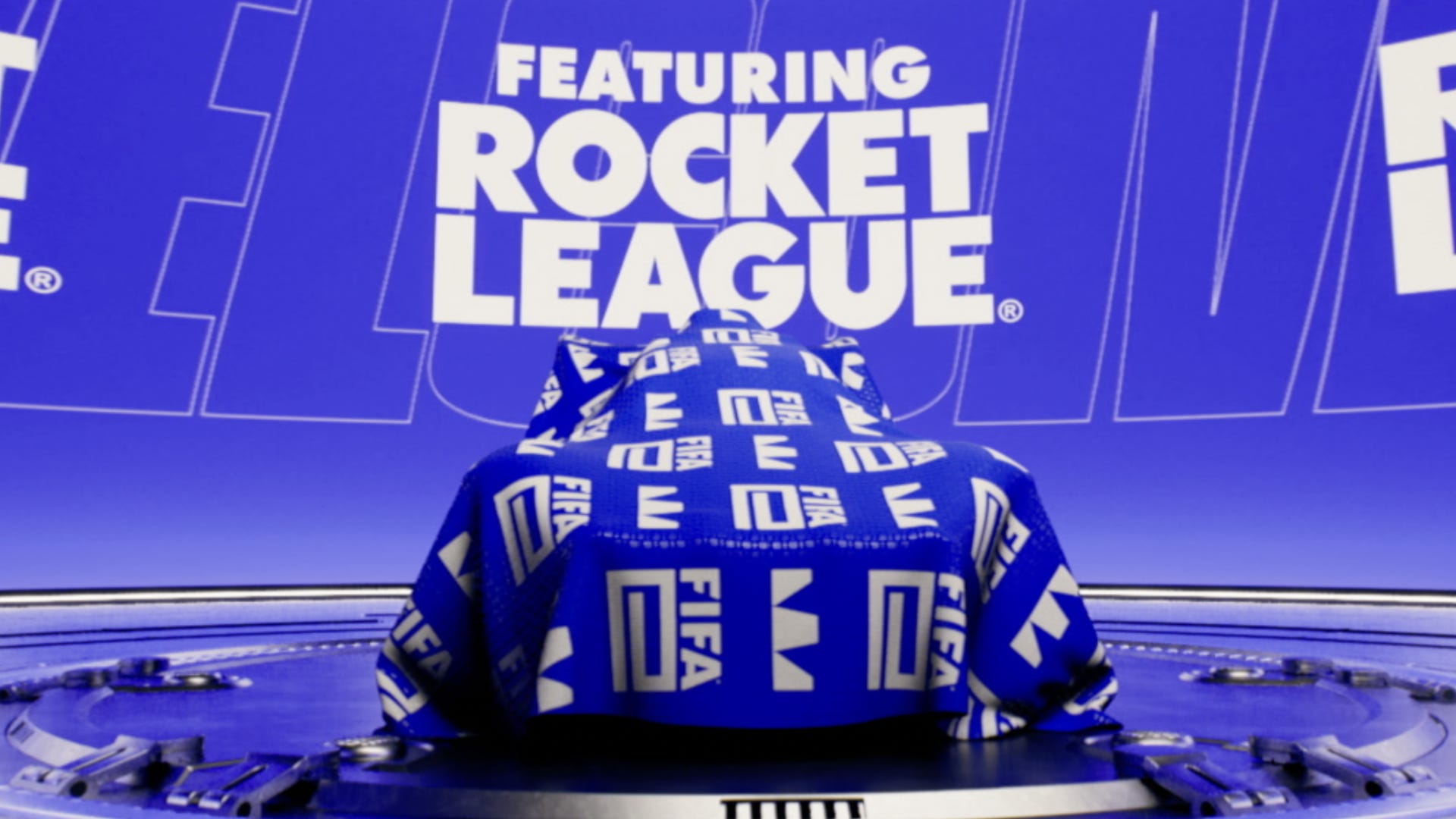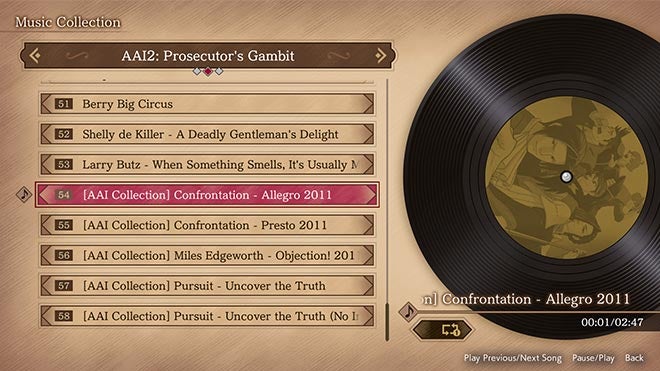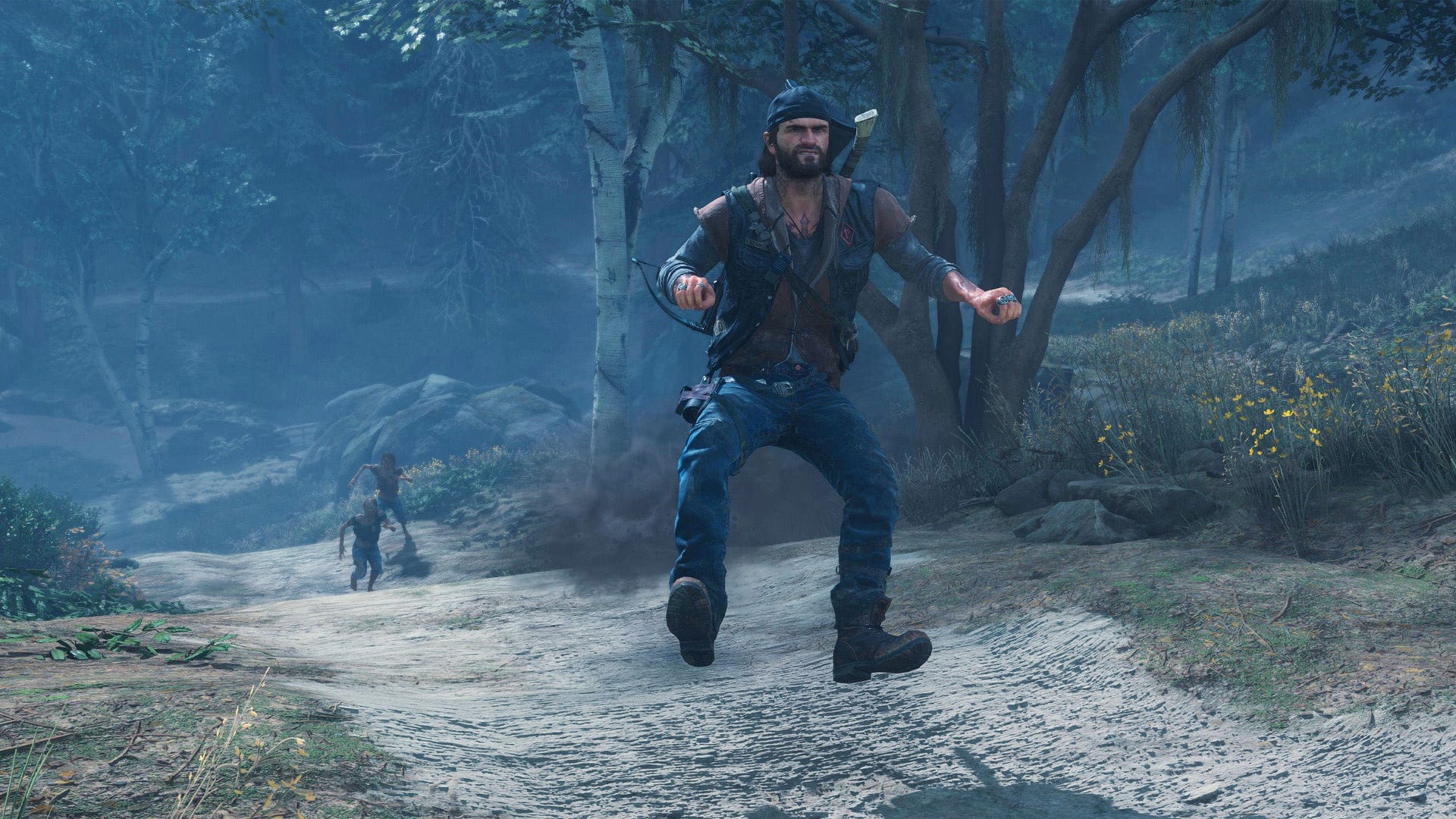Twitch streamer Perri Karyal has taken down two major Elden Ring, Shadow of the Erdtree bosses using a hands free ‘mind control’ virtual controller, which decodes electrical information fed directly from her brain in real time.
Prior to Shadow of the Erdtree’s release, FromSoftware president Hidetaka Miyazaki was quoted as saying that the challenge posed by the DLC “really pushed the envelope in terms of what we think can be withstood by the player”. True to his word, the days following Shadow of the Erdtree’s June 21 launch have seen many players take to social media to lament that the new content is simply too hard, while others complained of performance issues, leading to a ‘mixed’ review on Steam.
However, its fearsome difficulty hasn’t stopped Karyal from attempting to take on the DLC using a very unconventional method of controlling her tarnished, which also proves that 90 percent of a FromSoftware boss fight plays out between the ears.
Thought I’d post a clip of what mental controls I use and how I get around
Getting to the boss is often harder than the boss😅#shadowoftheerdtree #EldenRing pic.twitter.com/RmetlwJb8h
— Perri (@perrikaryal) June 23, 2024
Karyal made headlines last year after beating Elden Ring’s base game content while using an electroencephalography (EEG) brain monitoring headset to control specific in-game actions such as attacking, and rolling. EEG technology is ordinarily used by physicians as a diagnostic tool. However, after encountering the brain-scanning headwear while studying for a masters degree in psychology she became curious as to whether the technology could be adapted to control video games as part of a virtual controller.
To that end Karyal was able to use some fancy coding to train the software that came with her commercial EEG headset to recognize patterns in her brain’s electrical activity that were brought about when she imagined a particular object, action, or emotion. Each pattern was then assigned to an input on a virtual controller, which allowed Karyal to execute actions with her mind by imagining things during gameplay. For example, by imagining herself pushing a cube forward she could execute a roll, or alternatively she could imagine a plate spinning to make her tarnished perform an attack, or simply make herself angry to heal.
WE DID IT
Shadow of the Erdtree, first boss, COMPLETED with mind control, and ZERO HANDS
I can’t believe it. This was the hardest thing ever. We’ve come SO FAR! Let’s gooooooo pic.twitter.com/INrwrgOH0Y
— Perri (@perrikaryal) June 22, 2024
WE DID IT AGAIN
Shadow of the Erdtree, SECOND boss, Renalla, DEFEATED with mind control, and ZERO HANDS. Absolutely INSANE
Let’s gooooooooooo
If you have any questions, look at the full VOD below – I do set-up, training, and troubleshooting all LIVE pic.twitter.com/H0UpxUj8hz
— Perri (@perrikaryal) June 23, 2024
During the 2023 Elden Ring runthrough Karyal had still been beholden to a physical Xbox controller to dictate the movement of her tarnished warrier. However, for Shadow of the Erdtree, the streamer opted to attempt a completely hands-free run, by using eye-tracking software to track the movement of her head to control her character’s movement, and voice prompts to trigger more nuanced actions, including saying “I choose you” to summon a spirit ash. Navigating to bosses also required a completely different command setup to the one used during the climactic fights themselves, adding another layer of mental gymnastics to the process.
Impressively, Karyal has already managed to use her mind-control approach to take down two challenging early DLC bosses in the Divine Beast Dancing Lion, and Rellana, the Twin Moon Knight. Of course this isn’t the first time that FromSoftware fans have employed a non-traditional controller to shame Elden Ring bosses. Just last year Twitch streamer MissMikkaa managed to beat two Malenias simultaneously in two separate instances of the game while using a Dance Pad and a PS5 DualSense. Another FromSoftware challenge runner by the name Dr. Decomposing was also able to complete a no-damage run while using a modified electric saxophone as a controller.
Be sure to check out IGN’s interactive map and comprehensive guide for all the tips, tricks, and walkthroughs that you need to get the most out of your time in the Land of Shadow, or read up on how modders are already finding ways to make the game easier on PC.
Anthony is a freelance contributor covering science and video gaming news for IGN. He has over eight years experience of covering breaking developments in multiple scientific fields and absolutely no time for your shenanigans. Follow him on Twitter @BeardConGamer









